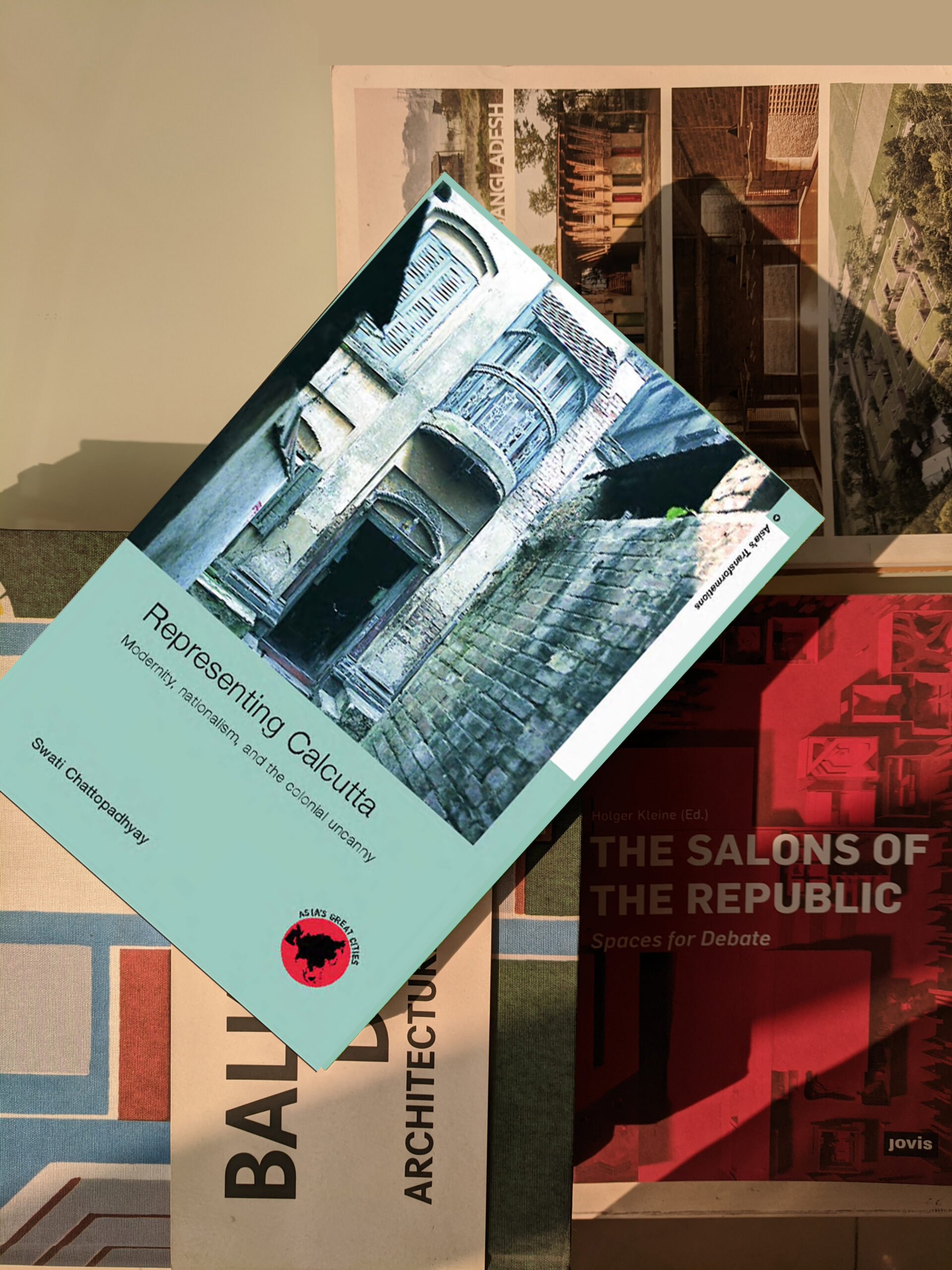Book Review: Representing Calcutta
To understand what it means to live and experience a city that is still reeling from the effects of colonialism, one does not need to look further than Kolkata. Unlike other Indian cities such as Ahmedabad or Chandigarh, Kolkata was not able to adapt the style of modernism that became the referential model for architecture and urbanism in post-colonial India. Instead, what happened there was “modernity gone astray”, as described by Swati Chattopadhyay in her book ‘Representing Calcutta’. Considering that, one can draw similarities between Dhaka and Kolkata. To understand Dhaka, you must understand Kolkata and Chattopadhyay’s book provides a gateway towards that understanding. Here, she writes about two aspects of Kolkata, that can be also applied to other colonial South Asian cities in post colonial times. One is the representation of the city as the worst case scenario of the third world, and the second is how the locals appropriated the tropes of the coloniser to enhance their own authority and status. As Chattopadhyay describes here poignantly:
“The obvious lesson here for students of colonial urbanism is that not all colonial cities suffered Calcutta’s fate, because colonial modernization did not operate everywhere similarly, and the absence of modernist apartheid à la Rabat (namely in terms of physical planning) had an even more adverse impact on Calcutta. What troubles Calcutta, then, we are led to infer, is not its un-modernity, but its modernity gone astray. Calcutta, subjected to modernization efforts by the British, and failing to live up to not just the economic promise but the architectural and perceptual promise as well, proved that something was different, even exceptional.“
